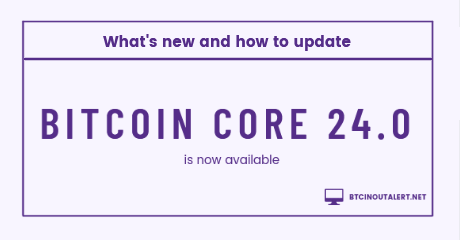All Binance addresses have been tagged with description:
- Deposit Wallet
- Cold Wallet
- Hot Withdrawal Wallet
- others of different use (e.g. Pool)
Why is TAG important and how to interpret the information?
Binance has a 3-tier structure (with minor exceptions).
- Deposit Wallet : users’ deposit addresses
- Hot Withdrawal Wallet : addresses for withdrawals
- Cold Wallet : are long-term storage addresses
Tag differentiation allows the user a quick understanding of the movement. Rather than seeing a simple In/Out from today you will see (on Binance, but work is being done on improving all exchanges) the detail of the movement.

In the diagram above we have a simplified view of how Binance’s Bitcoin management works in broad strokes.
Deposit Wallets are the addresses that, trivially, the user displays in his Binance account to make the deposit; when the user/entity deposits more than 200 Bitcoins at that point BtcInOutAlert notifies the inflow. Thereafter, Binance typically moves the inflow to another Binance address, in most cases to the Withdrawals Wallet. In contrast, the opposite reasoning applies to outflows, where Bitcoins are sent from the Withdrawals Wallet to an external address (outflow) not in Binance’s control.
The most important movements, as can be imagined, are those inbound (inflow) to Deposit Wallets, and outbound (outflow) from the withdrawal wallet to external addresses.
All Binance addresses have been Taggated with the aim of improving the service offered and offering a detail to date not available from any alternative service to BtcInOutAlert, with the goal in the coming weeks of expanding the details of the Notification Tags to most addresses.
If you would like to receive real-time notifications and access to premium data, please follow the LINK






